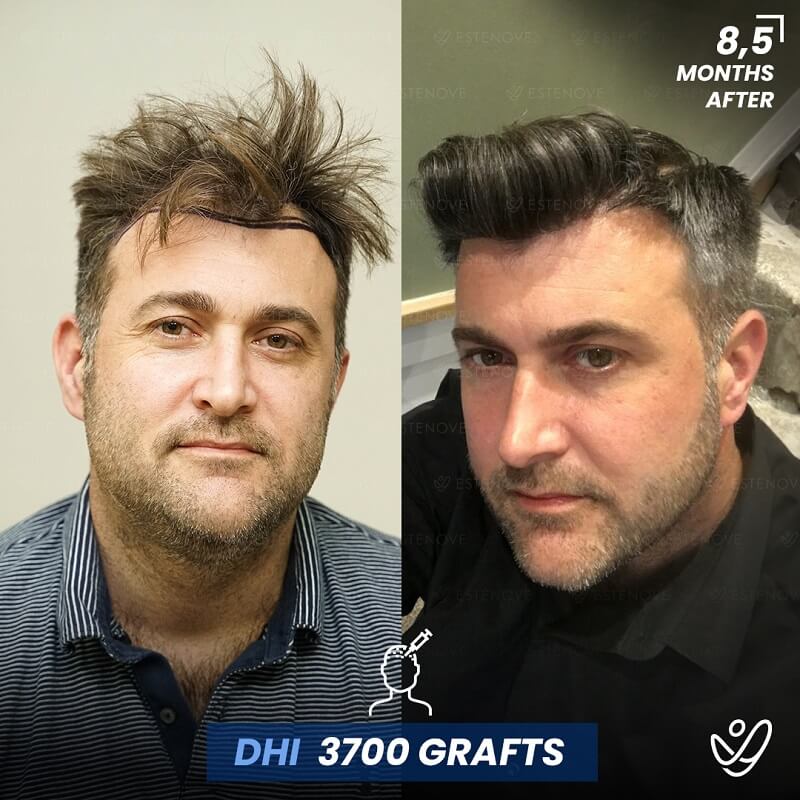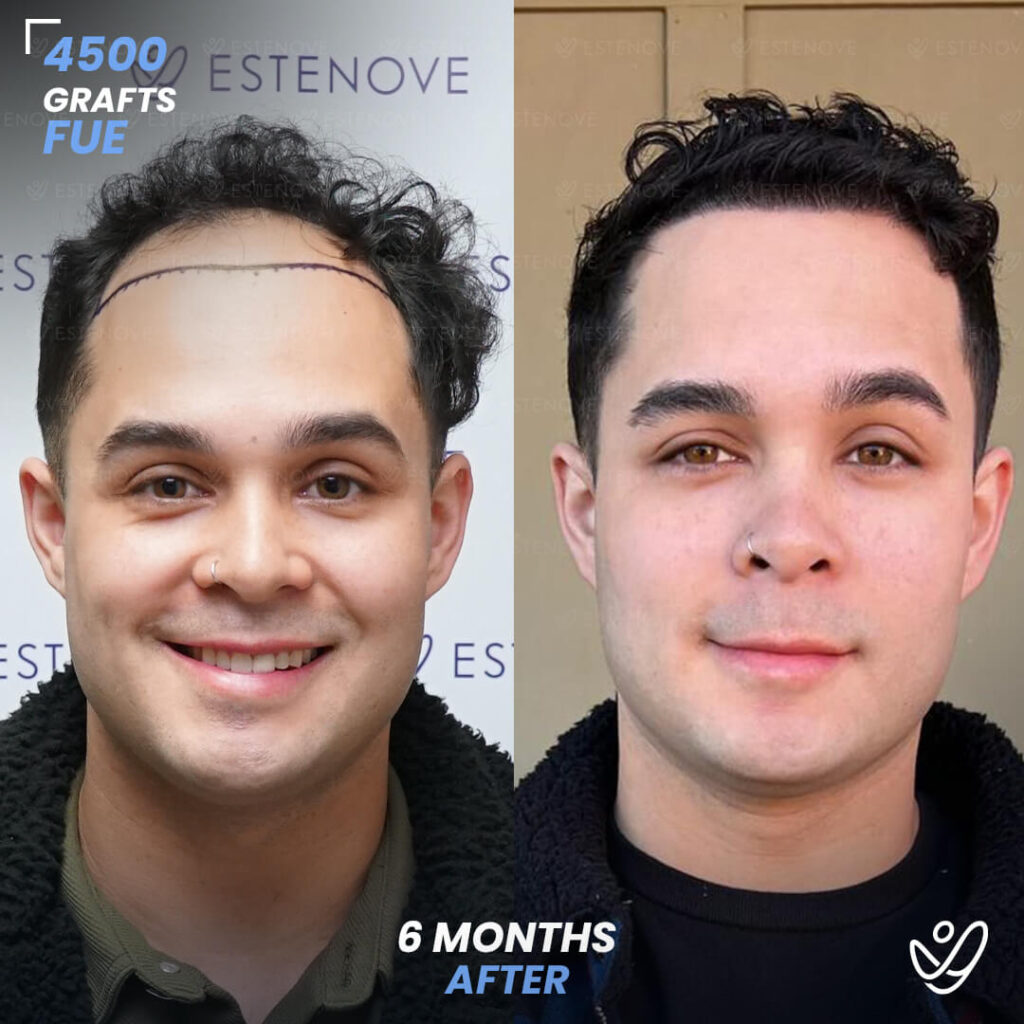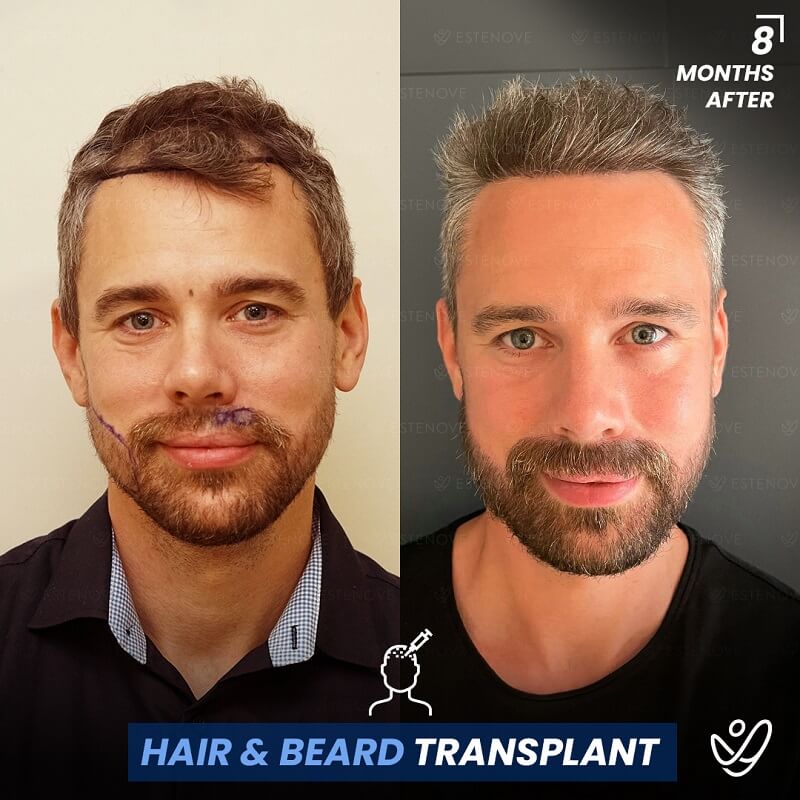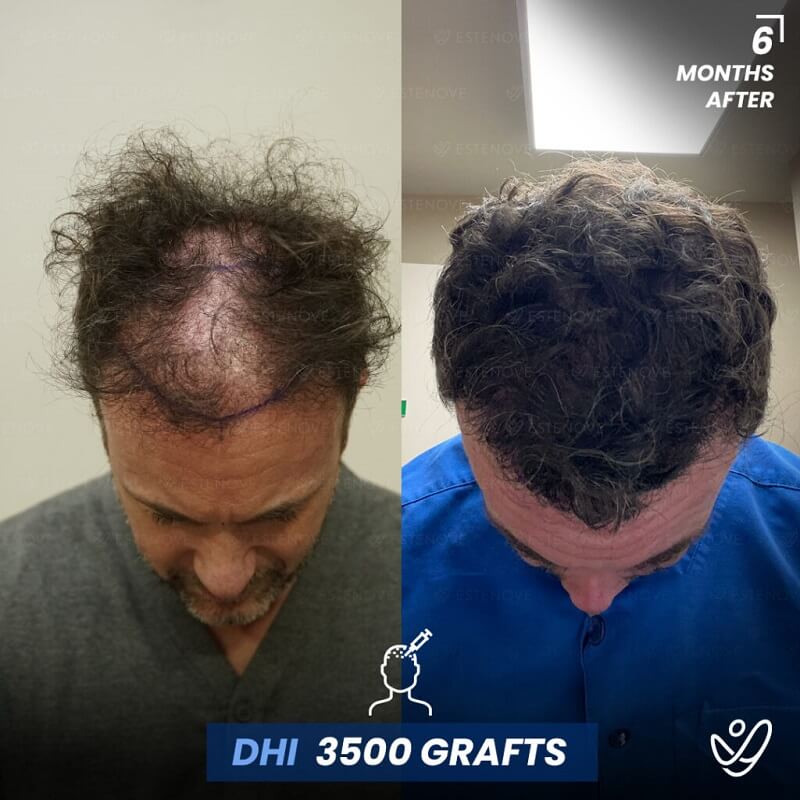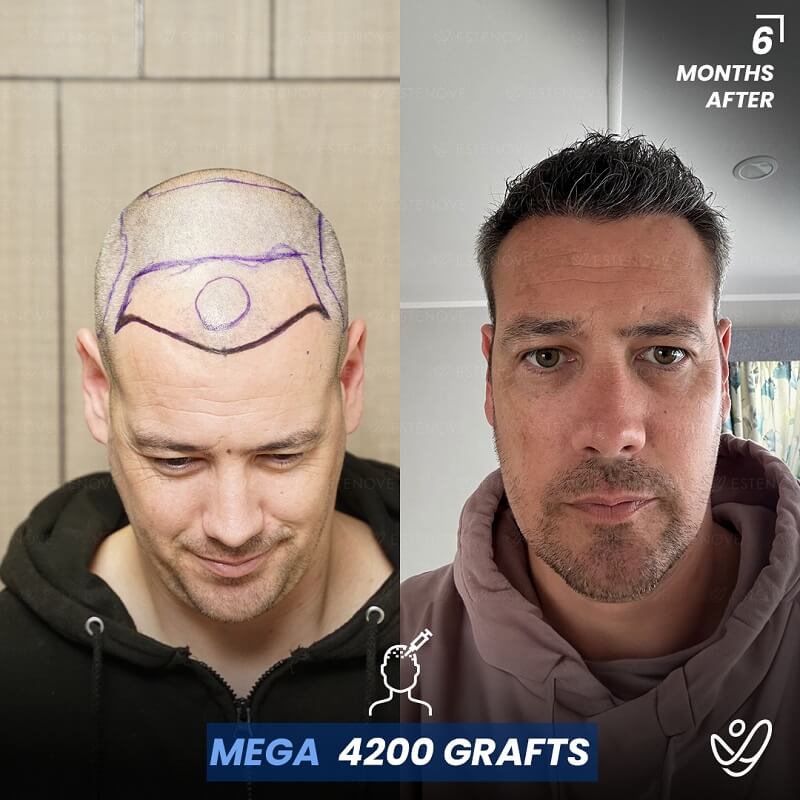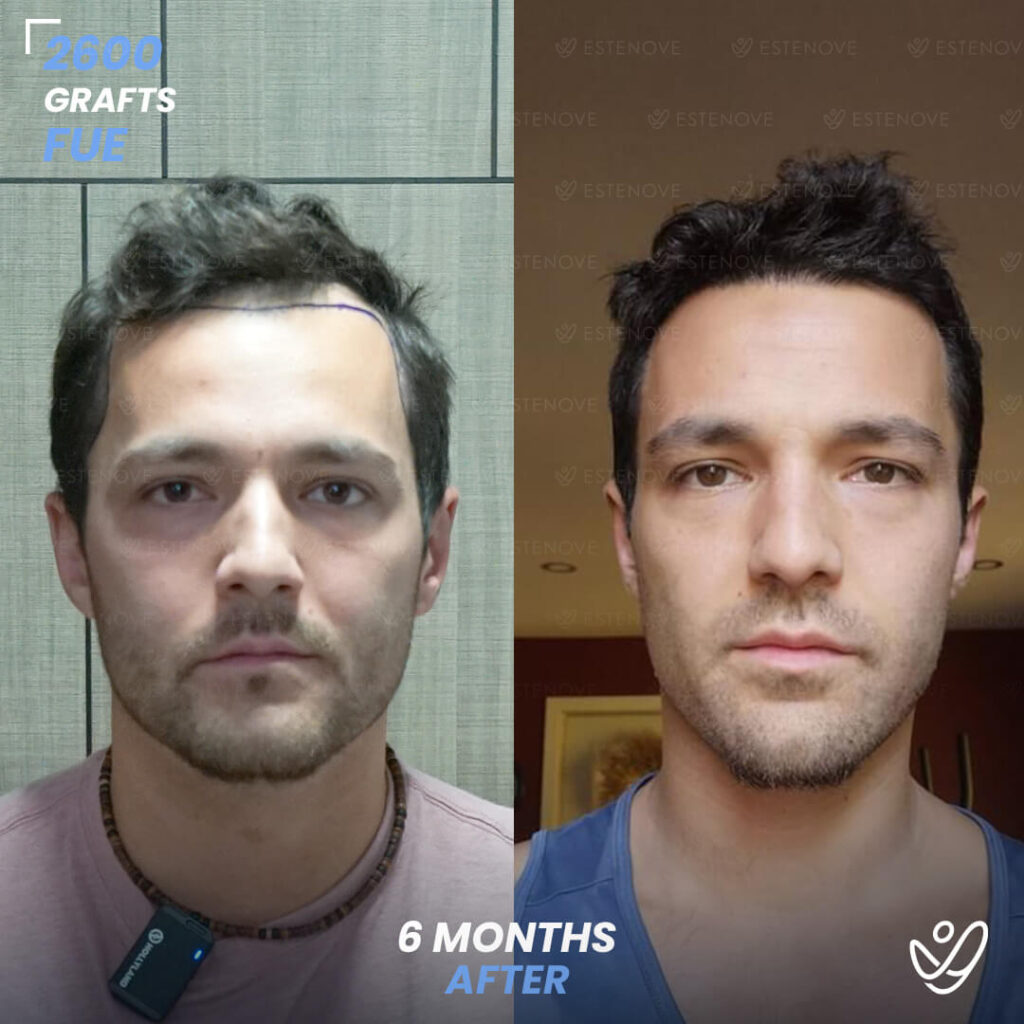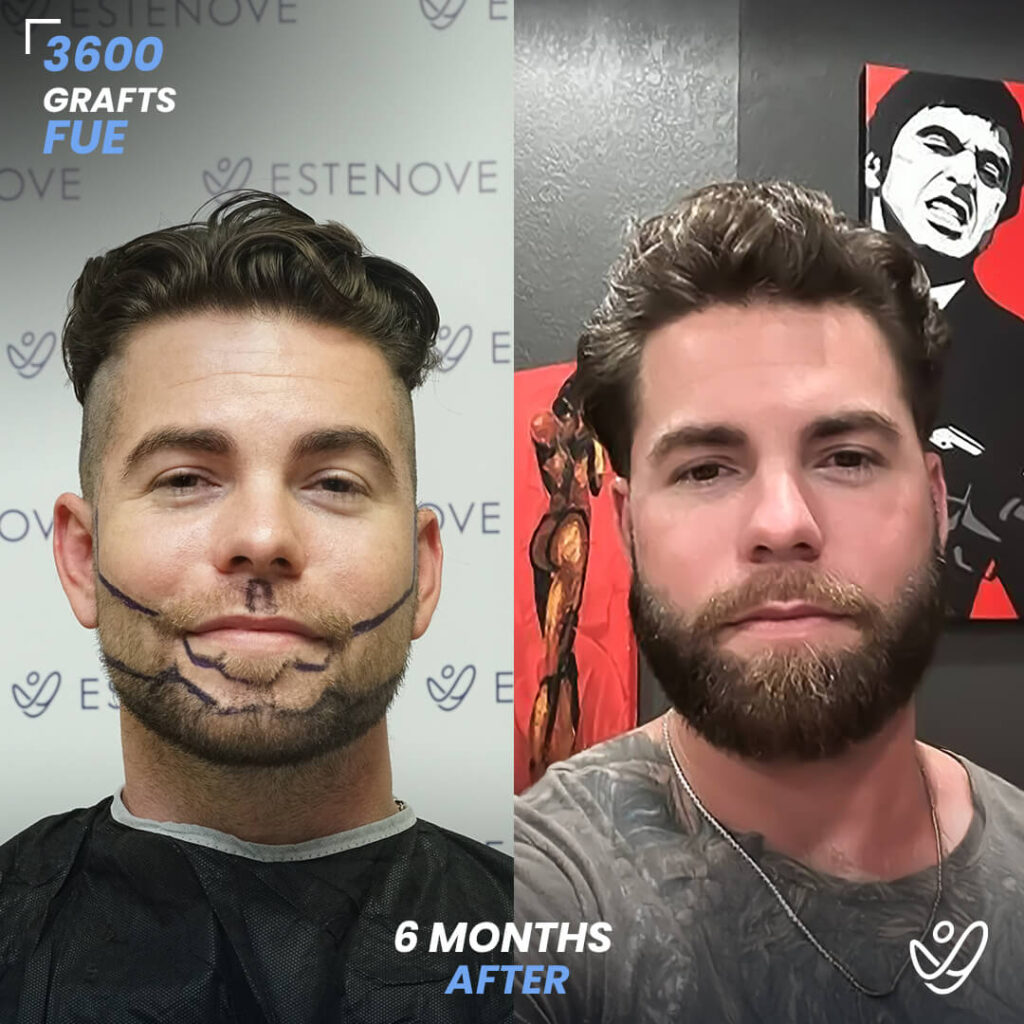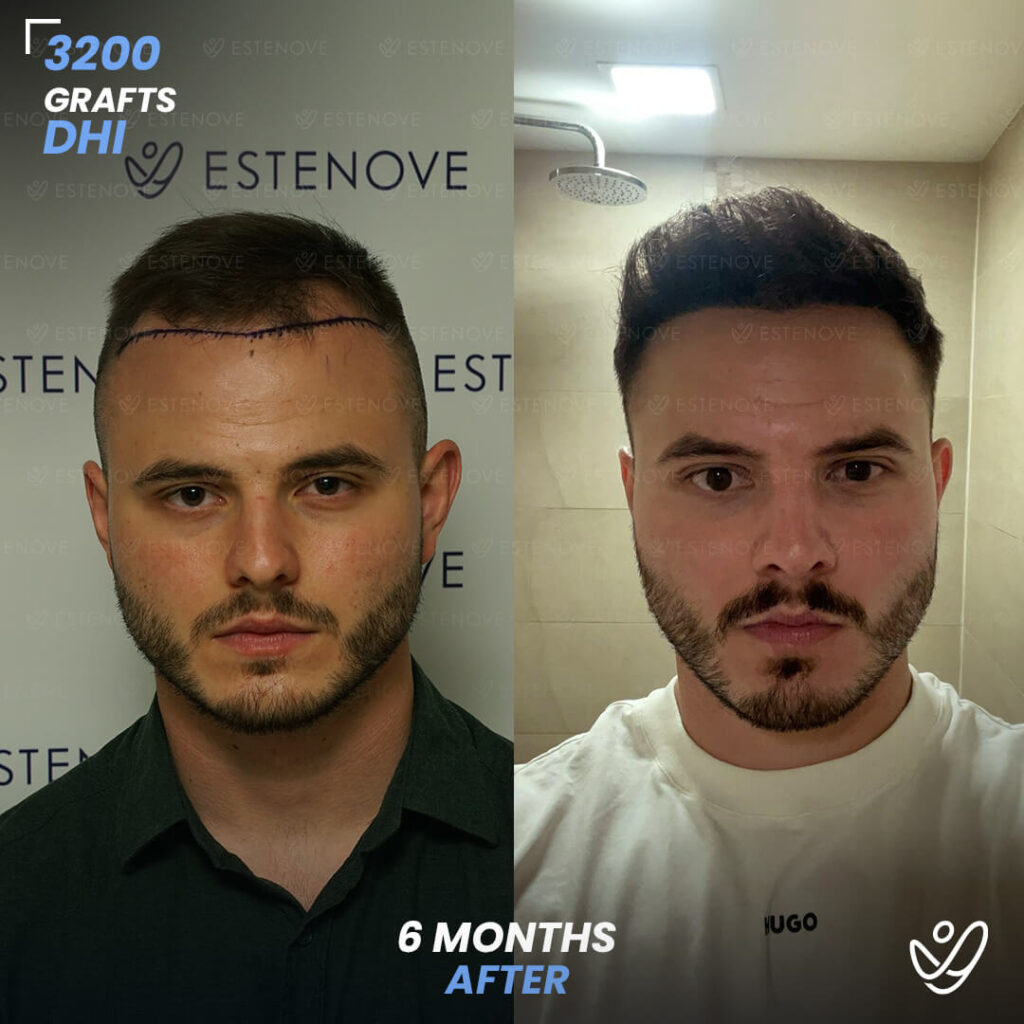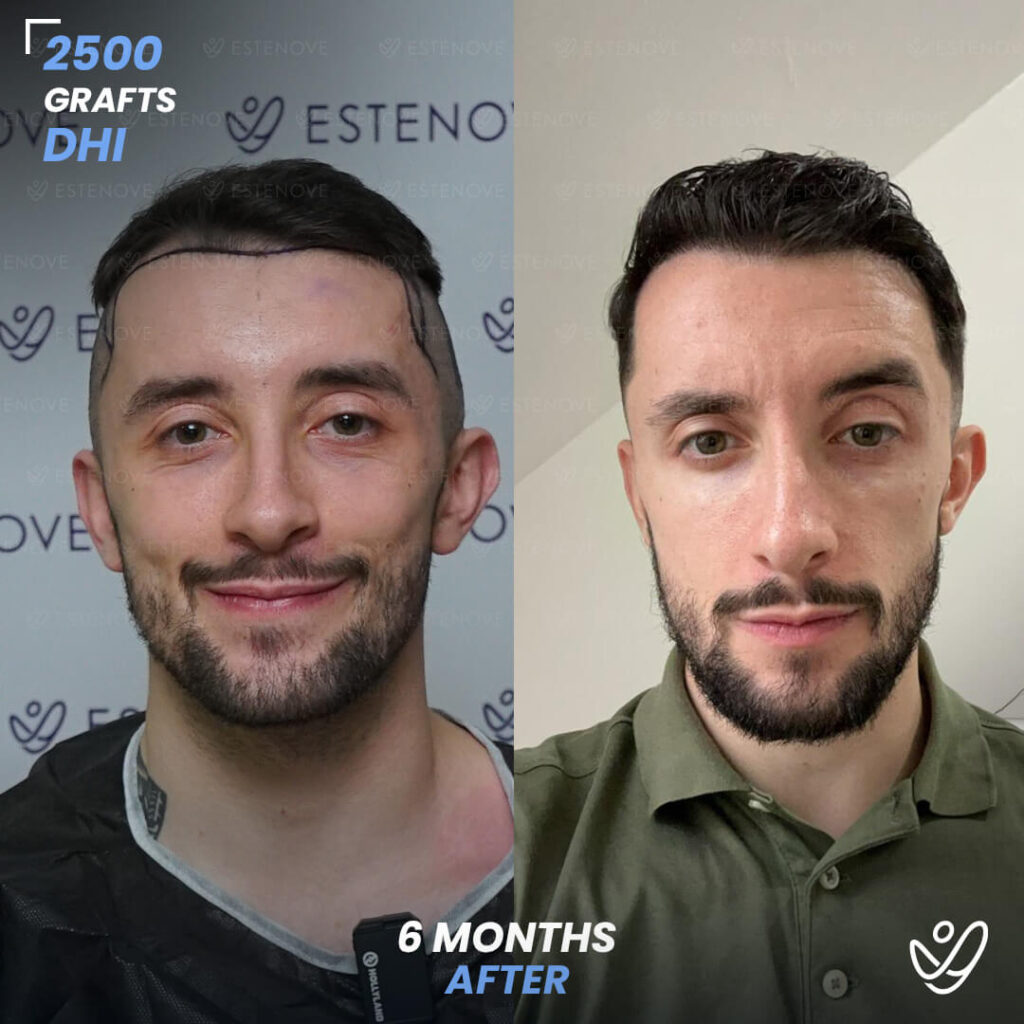
Hair loss is a common concern for many individuals, regardless of age or gender. Whether it’s thinning hair, receding hairlines, or bald patches, hair loss can have a significant impact on a person’s self-confidence and self-esteem. In this article, we will explore the various causes of hair loss, the symptoms to watch out for, and effective regrowth options that can help restore your full head of hair.
Recognizing the Signs of Hair Loss
Before delving into the causes and treatment options for hair loss, it’s important to first understand the signs that indicate the presence of hair loss. These signs can vary depending on the type of hair loss and may include:
-
- Increased shedding of hair during combing or showering
- Thinning of hair, especially on the crown or temples
- Receding hairline
- Bald patches or complete baldness
- Itching or scalp soreness
Recognizing the signs of hair loss is crucial in order to take appropriate action and seek the necessary treatment. It is important to note that experiencing one or more of these signs does not necessarily mean you are suffering from hair loss, as they can also be caused by other factors such as stress or hormonal changes. However, if you notice persistent or worsening symptoms, it is advisable to consult a healthcare professional for a proper diagnosis.
Types of Hair Loss
Hair loss can be classified into various types based on its cause and pattern. The most common types include:
-
- Androgenic Alopecia: This is the most common cause of hair loss and is often referred to as female or male pattern baldness. It is characterized by a gradual thinning of the hair, usually starting at the hairline and progressing towards the crown. Androgenic alopecia is influenced by genetic and hormonal factors and can affect both men and women.
- Alopecia Areata: This is an autoimmune condition where the body’s immune system mistakenly attacks the hair follicles, causing hair loss in patches. It can occur at any age and can lead to complete baldness in severe cases. Alopecia areata is unpredictable and its exact cause is still unknown.
- Anagen Effluvium: This type of hair loss occurs during the growth phase of the hair cycle and is often caused by factors such as chemotherapy, radiation therapy, or exposure to certain chemicals or toxins. It can result in sudden and extensive hair loss, but in most cases, the hair will regrow once the underlying cause is addressed.
- Telogen Effluvium: This type of hair loss occurs when there is an abnormal shift in the hair cycle, leading to excessive shedding of hair. It can be triggered by factors such as childbirth, severe stress, nutritional deficiencies, or certain medications. Telogen effluvium is usually temporary and the hair will typically regrow within a few months after the triggering factor is resolved.
- Tinea Capitis: Also known as scalp ringworm, this is a fungal infection that can cause hair loss. It is more common in children and is characterized by scaly patches on the scalp and broken hair shafts. Tinea capitis requires antifungal treatment to eliminate the infection and promote hair regrowth.
- Traction Alopecia: This type of hair loss occurs when there is prolonged tension or pulling on the hair, often due to hairstyles such as tight ponytails, braids, or extensions. It can lead to thinning or bald patches in the affected areas. Traction alopecia can be prevented by avoiding hairstyles that put excessive strain on the hair and scalp.
Understanding the different types of hair loss is essential in determining the appropriate treatment approach. Each type has its own unique characteristics and underlying causes, which require specific interventions for effective management. If you suspect you are experiencing hair loss, it is recommended to consult a healthcare professional or a dermatologist who specializes in hair disorders for a comprehensive evaluation and personalized treatment plan.
Calculate the number of grafts needed for your hair transplant and get an estimated cost for various destinations. Try graft calculator
Seeking a Diagnosis for Hair Loss
If you notice any signs of hair loss, such as excessive shedding, thinning hair, or bald patches, it is crucial to consult a dermatologist or a trichologist for a thorough examination and proper diagnosis. Hair loss can be a distressing experience, but seeking professional help is the first step towards understanding and addressing the issue.
When you visit a dermatologist or a trichologist, they will carefully examine your scalp to assess the extent of hair loss and determine the pattern of hair thinning. They may use a magnifying tool to closely inspect your scalp and hair follicles, looking for any signs of inflammation, infection, or other abnormalities.
In addition to a visual examination, the healthcare professional may also perform additional tests to gather more information about your hair loss. These tests can include a hair pull test, where a gentle tug is applied to a small section of hair to assess the amount of hair that comes out, as well as a scalp biopsy, where a small sample of your scalp tissue is taken for further analysis.
Furthermore, the dermatologist or trichologist may ask you detailed questions about your medical history, lifestyle, and any recent changes or events that could potentially contribute to your hair loss. Factors such as hormonal imbalances, nutritional deficiencies, stress, certain medications, and underlying medical conditions can all play a role in causing hair loss.
By conducting a comprehensive evaluation, the healthcare professional aims to identify the underlying cause of your hair loss. This is crucial because the appropriate treatment plan will depend on the specific cause. For instance, if your hair loss is due to a hormonal imbalance, the dermatologist may recommend hormone therapy or other medications to restore the balance. On the other hand, if nutritional deficiencies are contributing to your hair loss, they may suggest dietary changes or supplements to address the deficiencies.
It is important to remember that seeking a diagnosis for hair loss is not only about finding a solution but also about ruling out any serious underlying conditions. In some cases, hair loss can be a symptom of an underlying health issue, such as thyroid problems, autoimmune disorders, or scalp infections. Identifying and addressing these underlying conditions is crucial for overall health and well-being.
In conclusion, if you are experiencing hair loss, it is essential to consult a dermatologist or a trichologist for a proper diagnosis. Through a thorough examination, additional tests, and a detailed assessment of your medical history, they will be able to determine the underlying cause of your hair loss and guide you towards the most appropriate treatment plan. Remember, seeking professional help is the first step towards regaining confidence and finding a solution to your hair loss concerns.
Exploring Treatment Options for Hair Loss
There are various treatment options available for hair loss, depending on the underlying cause and severity of the condition. Some of these options include:
-
- Topical medications such as minoxidil, which can help promote hair growth
- Oral medications such as finasteride, which can help block the conversion of testosterone into dihydrotestosterone (DHT) – a hormone that contributes to hair loss
- Hair transplant surgery, such as FUE or Stem Cell Hair Transplant where healthy hair follicles or cells are extracted from a donor area and transplanted onto the balding areas
- Low-level laser therapy, which uses red light to stimulate hair growth
- Platelet-rich plasma (PRP) therapy, where platelets are extracted from your own blood and injected into the scalp to promote hair growth
It is important to note that the effectiveness of these treatments may vary from person to person, and it is best to consult with a healthcare professional to determine which option is most suitable for you.
Proactive Steps to Prevent Hair Loss
While it may not always be possible to prevent hair loss, there are some proactive steps you can take to promote healthy hair growth and minimize the risk of hair loss:
-
- Practice good hair hygiene by washing your hair regularly with a mild shampoo and conditioner
- Avoid using excessive heat or harsh chemicals on your hair
- Eat a balanced diet rich in vitamins, minerals, and proteins
- Avoid tight hairstyles or excessive pulling on the hair
- Manage stress levels through relaxation techniques such as yoga or meditation
- Protect your hair from sun damage by wearing a hat or using a sunscreen spray specifically designed for the scalp
Knowing When to Consult a Doctor About Hair Loss
If you are experiencing significant hair loss or if your hair loss is accompanied by other concerning symptoms such as scalp redness, pain, or unusual hair texture changes, it is important to consult a doctor as soon as possible. This can help identify the underlying cause and provide appropriate treatment options to address the issue.
Fill the form below to get free consultation


